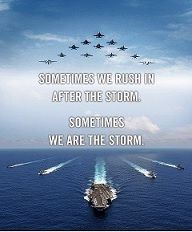Super cool....
The :31 second spot where the bow is dollied across is cool. The envy to have a "sky hook" such as that here on the farm is thought provoking.... ;)
Originally posted by Admiral Nelson
View Post




Comment